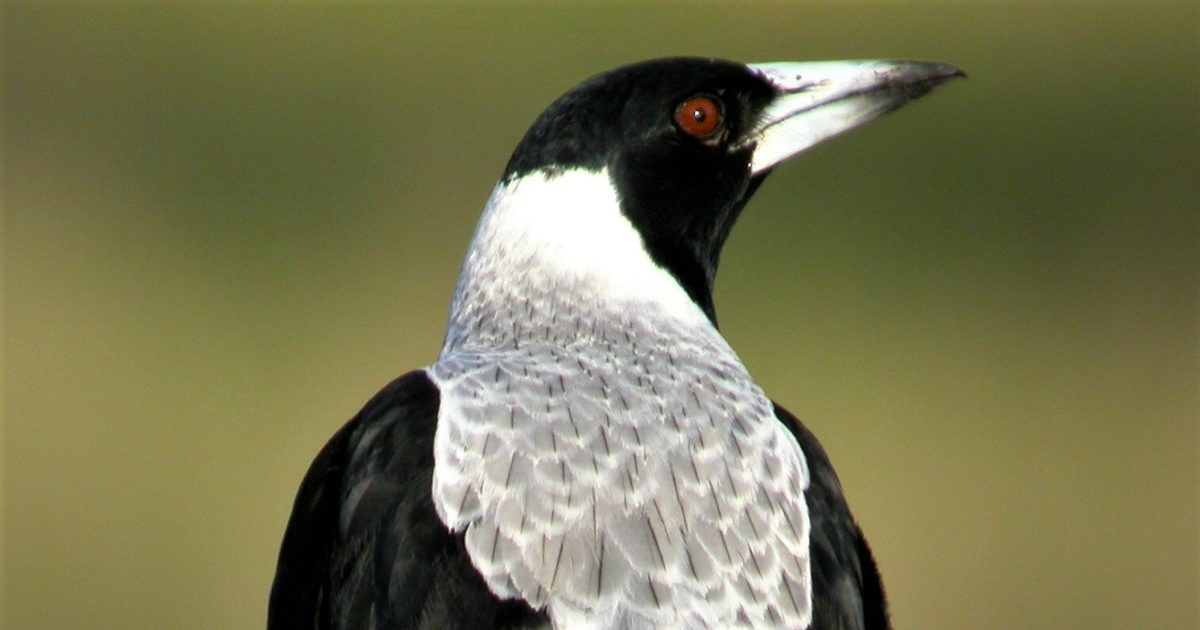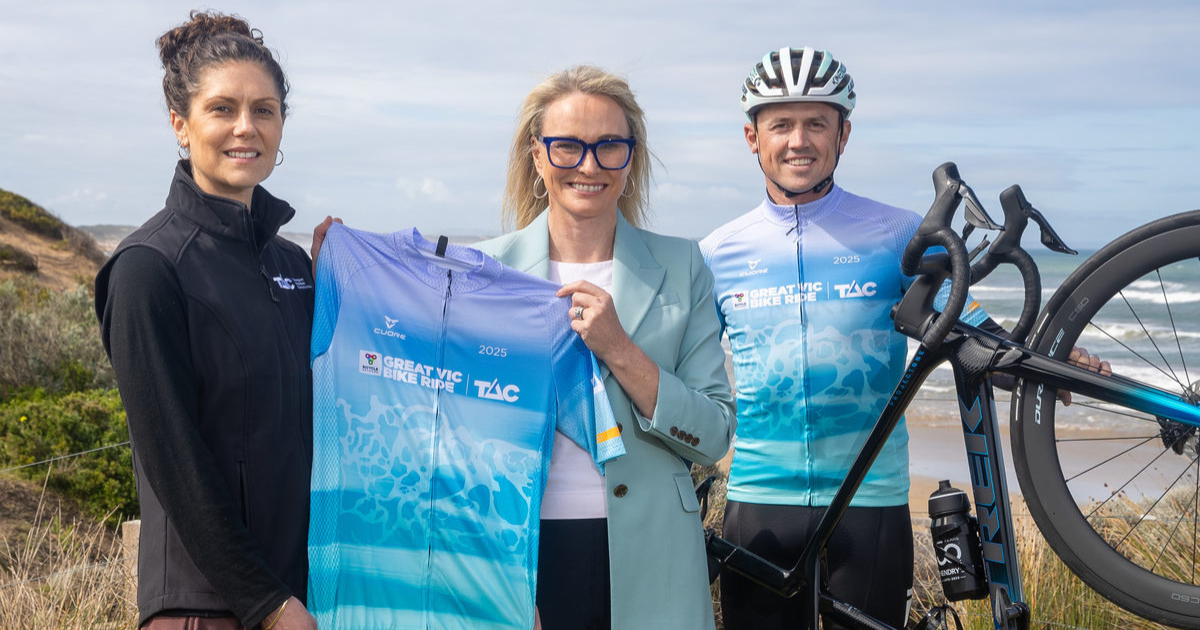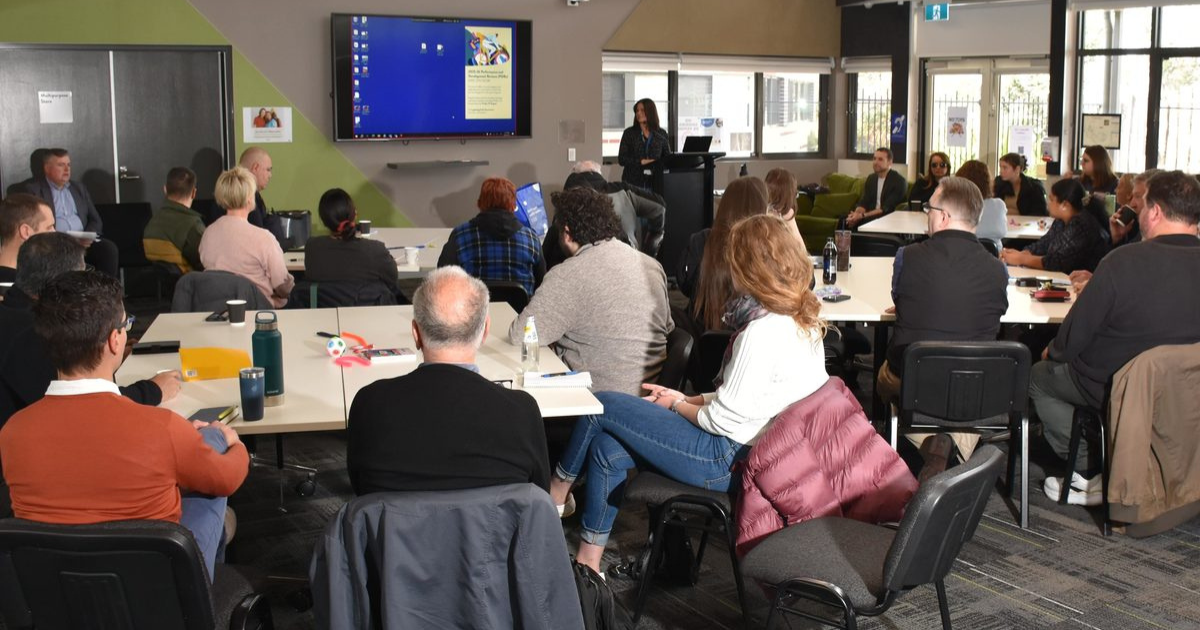Community group sounds alarm on PFAS Threat

In its December submission to the Senate inquiry, the Clean Ocean Foundation argued that state government-owned water authorities are ill-equipped to manage PFAS and other micropollutants without federal leadership. Photo: SUPPLIED
COMMUNITY groups are calling for urgent federal intervention to address the growing threat of perfluoroalkyl and polyfluoroalkyl substance (PFAS) pollution in Australia’s waterways.
Clean Ocean Foundation chief executive officer John Gemmill expressed concern about the risks to recreational water users.
“If you swim or surf near an outfall like those at Werribee, 13th Beach, Lorne, or Apollo Bay, you could be at heightened risk from inhaling spray containing a toxic combination of PFAS and microplastics,” Mr Gemmill said.
“We just don’t know how safe it is any more.”
Federal Member for Corangamite Libby Coker addressed these concerns, outlining the government’s response to the PFAS threat.
“It’s clear PFAS are dangerous, and that’s why we’re working with experts and all levels of government to protect people and the environment from these ‘forever chemicals,'” Coker said.

She outlined government measures, including banning or restricting 900 industrial chemicals under Australia’s first national environmental chemicals standards, introduced by Minister Tanya Plibersek in July 2024.
Ms Coker also highlighted the updated PFAS National Environmental Management Plan, expected in early 2025, which will include revised drinking water guidelines.
These guidelines will complement standards under the Industrial Chemicals Environmental Management Standard, set to restrict three PFAS and over 500 related substances from July 2025.
A Senate inquiry, launched in August 2024, is examining the extent, regulation, and management of PFAS pollution. It is expected to report its findings by August this year.
In its December submission to the inquiry, the Clean Ocean Foundation argued that state government-owned water authorities lacked the resources to manage PFAS and other micropollutants without federal leadership.
“In Australia, although our oceans and rivers know no borders, we treat them as if they do,” the submission stated.
“But the toxic load that enters them travels where it will —bioaccumulating in our dolphins, seals, little penguins, phytoplankton, and platypus.”

















